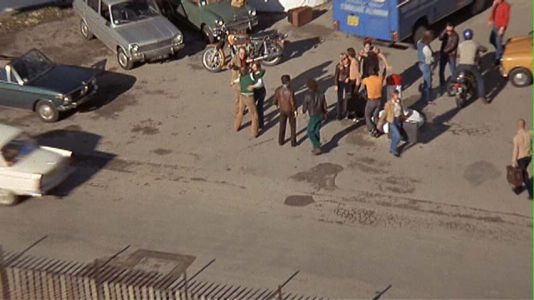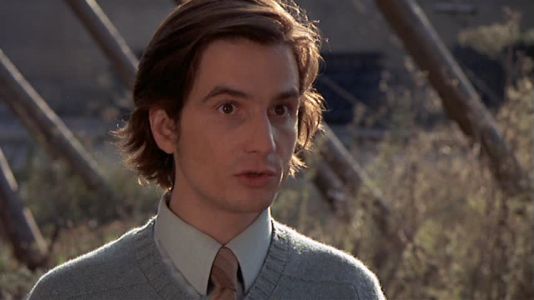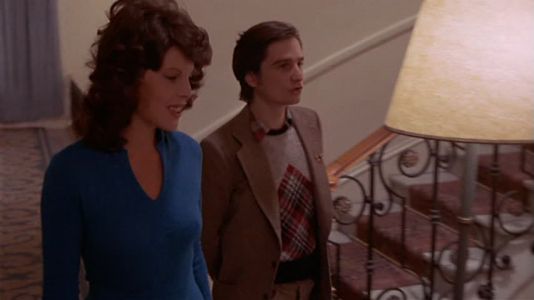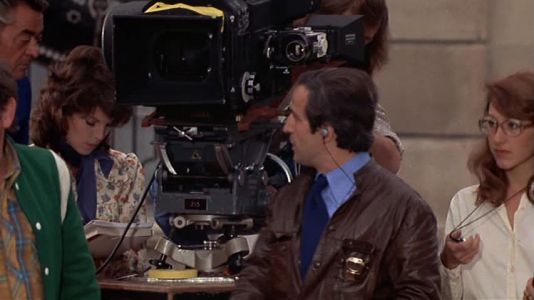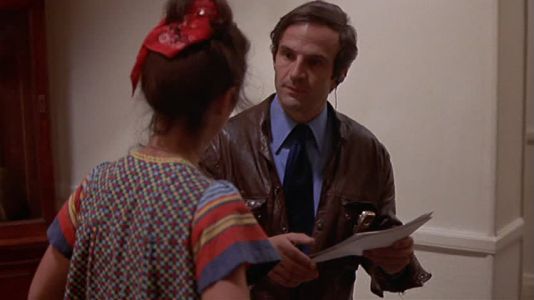JCM312/Narrative Structure
From Screenpedia
(Redirected from TCF340/Butler/Narrative Structure)
Jump to navigationJump to searchClassical Hollywood cinema
Television discusses seven principal characteristics of classical Hollywood cinema. Explain the terms below and discuss whether they apply to Day for Night.
- G1 and G5: Single protagonist
- G1 and G5: Exposition
- G2: Motivation
- G2: Narrative enigma
- G3: Cause-effect chain
- G3: Story time versus screen time--in terms of duration and order
- G4: Climax
- G4: Resolution/Denouement--compare exposition and denouement
All groups: Does Day for Night qualify as a classical film? Why or why not? Explain how the characteristics above are (or are not) used in the film.
Final shot (larger image).
Signs of character[1]
- Viewer foreknowledge
- Character name
- Appearance
- Objective correlative
- Dialogue
- Lighting and videography or cinematography
- Action
How are these signs of character used to construct the following characters in Day for Night?
- G1 and G5: Alphonse
- G2: Julie
- G3: Ferrand
- G4: Liliane
Ferrand discusses Julie's photos. See also, Ferrand's books.
Signs of performance[1]
- G1 and G5: Vocal
- G2: Facial
- G3: Gestural
- G4: Corporeal
Day for Night cast
- Jacqueline Bisset as Julie
- Valentina Cortese as Severine
- Dani as Liliane
- Alexandra Stewart as Stacey
- Jean-Pierre Aumont as Alexandre
- Jean Champion as Bertrand
- Jean-Pierre Léaud as Alphonse
- François Truffaut as (Director) Ferrand
- Nathalie Baye as Joelle
- David Markham as Doctor Nelson
- Zénaïde Rossi as Madame Lajoie, Gaston's wife
- Xavier Saint-Macary as Christian, Alexandre's lover
- Bernard Menez as the Property Man
References
Bibliography
- Jeremy G. Butler, Television: Visual Storytelling and Screen Culture, 5th Edition (New York: Routledge, 2018).
- David Bordwell and Kristin Thompson, Film Art: An Introduction, 9th ed. (New York: McGraw-Hill, 2010).
External links
- Frame grabs from Day for Night.
- Wes Anderson American Express Commercial (Day for Night parody, password protected: tcf123abc! )
- TV Tropes: listing of numerous narrative conventions.


